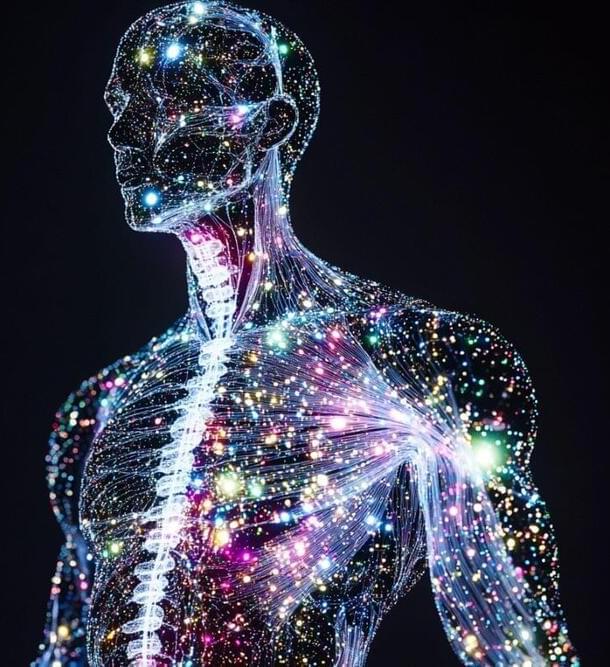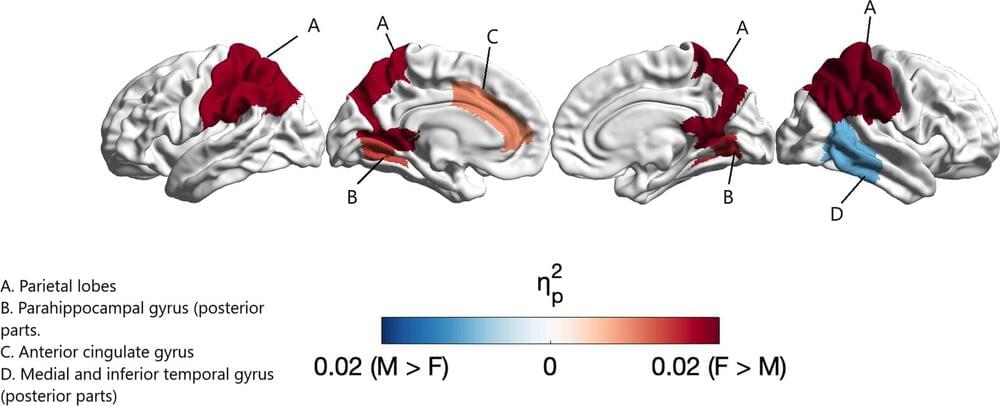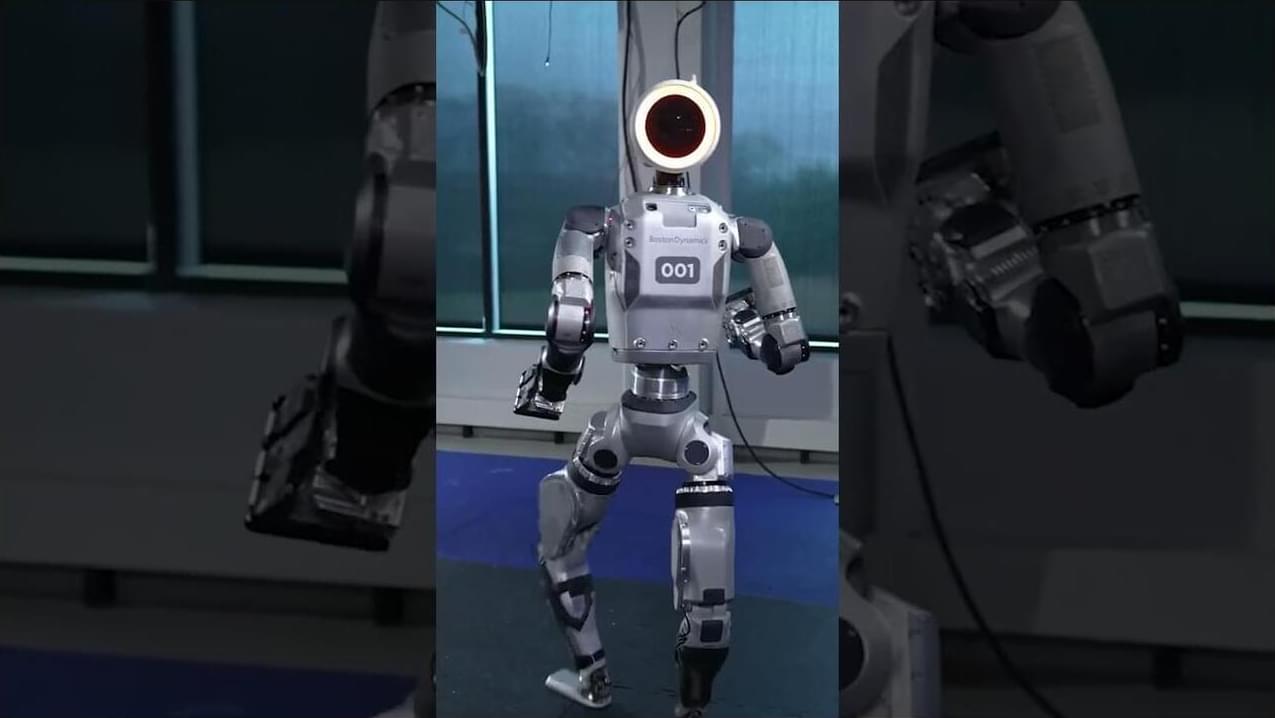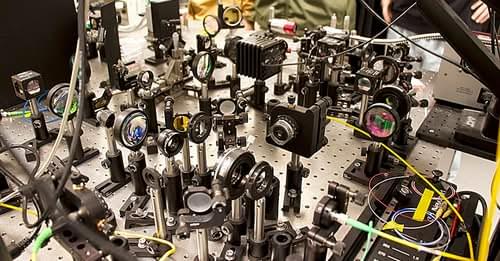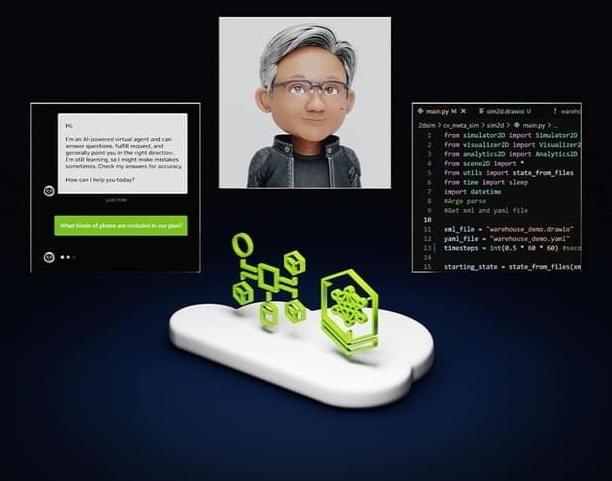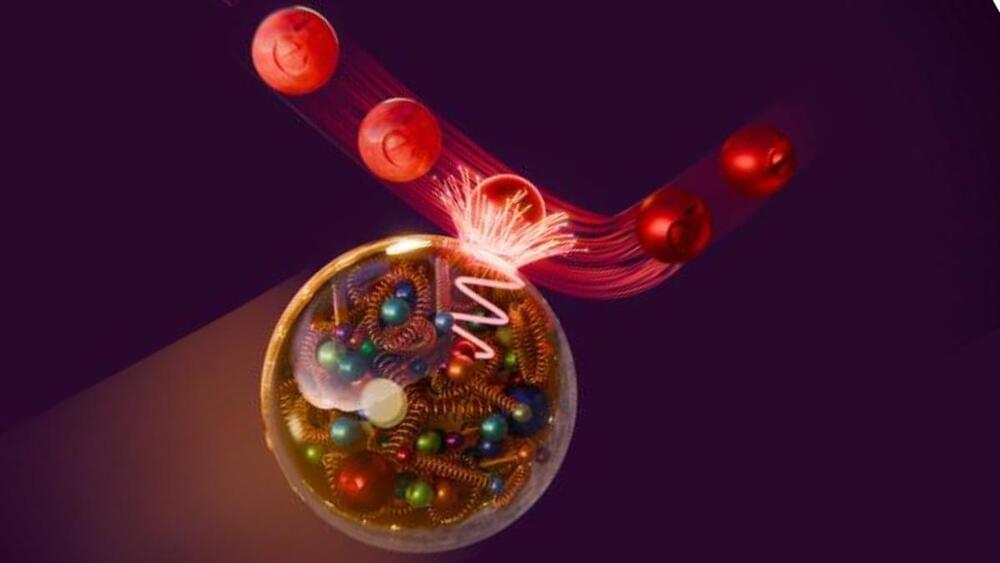Jan 7, 2025
AI Predicts Autoimmune Disease Progression with New Genetic Tool
Posted by Genevieve Klien in categories: biotech/medical, genetics, health, robotics/AI
Summary: Researchers have developed a Genetic Progression Score (GPS) using artificial intelligence to predict the progression of autoimmune diseases from preclinical symptoms to full disease. The GPS model integrates genetic data and electronic health records to provide personalized risk scores, improving prediction accuracy by 25% to 1,000% over existing models.
This method identifies individuals at higher risk earlier, enabling timely interventions and better disease management. The framework could also be adapted to study other underrepresented diseases, offering a breakthrough in personalized medicine and health equity.
